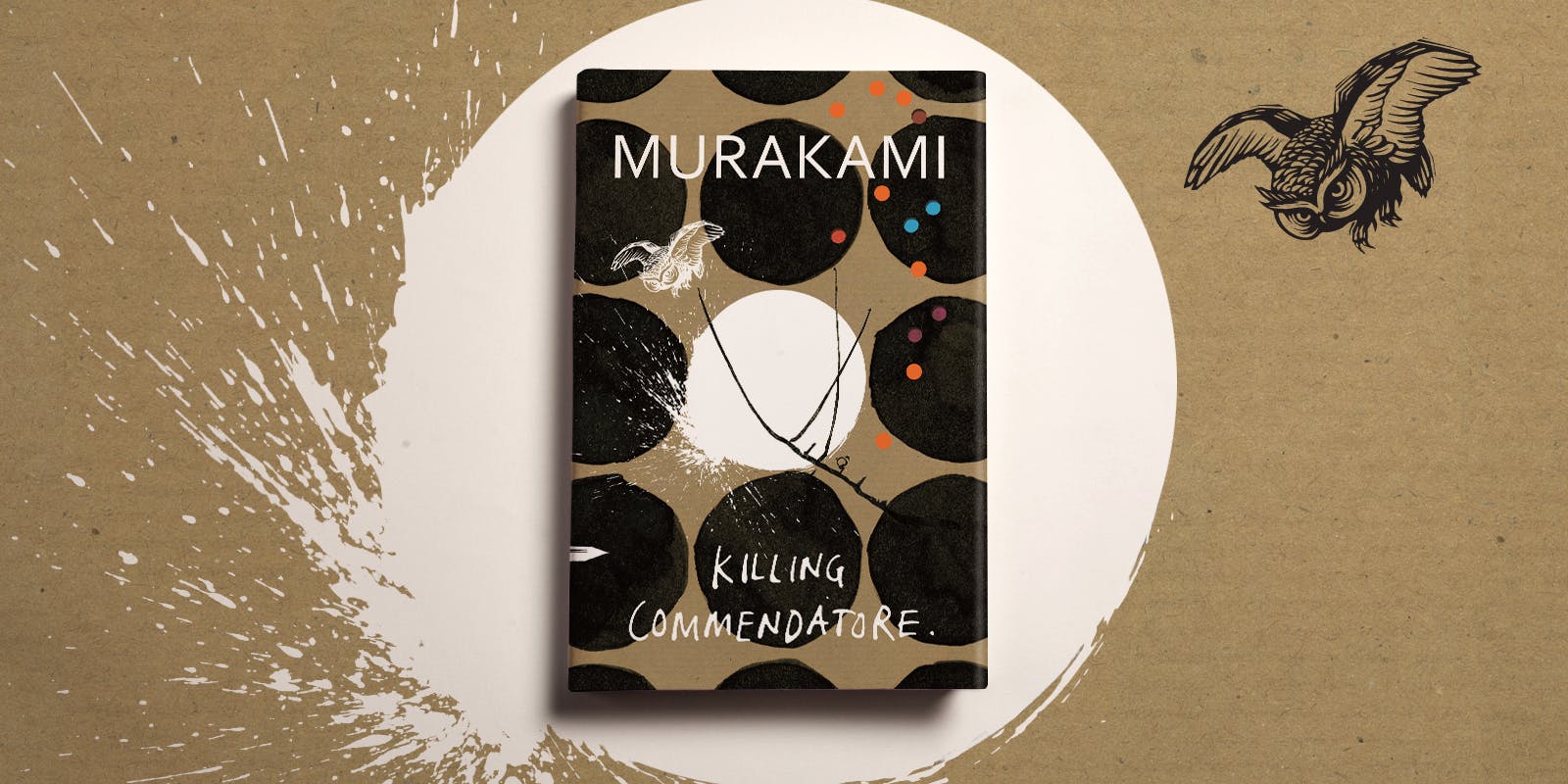Haruki Murakami’s Killing Commendatore debuted in English late last year, sparking a mix of fascination and critique. The novel’s release left fans divided, with opinions swinging between praise and disappointment. Despite tempered expectations, my experience with the book was refreshingly positive. While not without flaws, Killing Commendatore arguably represents Murakami’s strongest work in the past 15 years. That said, its appeal remains selective, and new readers might struggle to appreciate its layered narrative.
- Blogs
- Literature
- Killing-commendatore-a-unique-take-on-murakamis-masterpiece-67763c6dbdccdd0001d35fb1
"Killing Commendatore": A Unique Take on Murakami's Masterpiece
Literature • 2 Jan, 2025 • 19,801 Views • ⭐ 5.0
Written by Shivani Chourasia

A Question of Worth: Is "Killing Commendatore" for You?

This initial discussion is spoiler-free; sensitive readers, rest assured. For those familiar with Murakami’s bibliography, Killing Commendatore offers a compelling experience akin to rediscovering an old favorite. While I personally rank it alongside Kafka on the Shore, fans of 1Q84 may disagree. However, I wouldn’t recommend this book as a starting point for newcomers to Murakami’s literary world. Titles like The Wind-Up Bird Chronicle, A Wild Sheep Chase, and Hard-Boiled Wonderland and the End of the World better introduce his signature magical realism.
Veteran readers will recognize this book as a homage to Murakami’s earlier works, filled with familiar motifs and nuanced callbacks. While this deliberate recycling of themes creates nostalgia, it also invites inevitable comparisons. Among these parallels, The Wind-Up Bird Chronicle stands out as its closest relative, a comparison that both elevates and challenges Killing Commendatore.
Familiar Tropes, Fresh Premises

The novel’s protagonist is a nameless painter navigating life after divorce. Relocating to a secluded mountaintop home, he uncovers a mysterious painting that triggers an otherworldly chain of events. Alongside him, an enigmatic and affluent neighbor, Menshiki, adds intrigue with his Gatsby-like charm and veiled intentions. This stripped-down cast aids readability amidst the novel’s surreal occurrences, creating an immersive world that’s distinctly Murakami.
Music often plays a central role in Murakami’s narratives, but here, visual art takes precedence. The book’s title, derived from Mozart’s Don Giovanni, hints at its rich cultural interweaving. Art’s transformative power becomes a core theme, echoing across the story’s layers and reflecting on its protagonist’s journey.
Pacing and Payoff: Strengths and Shortcomings

The story’s pacing, although deliberate, successfully anchors readers in its atmosphere. This slow unraveling mirrors Murakami’s trademark style, drawing readers into an intimate connection with the protagonist’s psyche. Yet, some may find the narrative’s conclusion underwhelming, echoing criticisms leveled at other recent works like 1Q84 and Colorless Tsukuru Tazaki. While Killing Commendatore does a better job resolving its threads, its anticlimactic moments could frustrate readers craving a more definitive payoff.